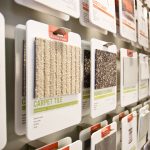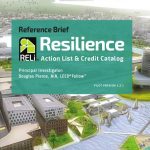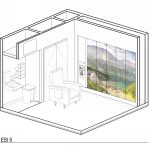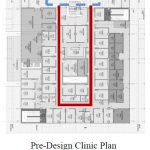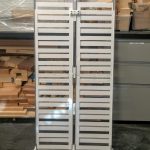
The Precautionary List is a compilation of the most ubiquitous and problematic substances that people encounter every day in the built environment. Hosted on the Transparency website (transparency.perkinswill.com), it allows design professionals to search for key substances and chemicals of concern using filters like project type, product type, and health and environmental impacts. The information... Read more »


